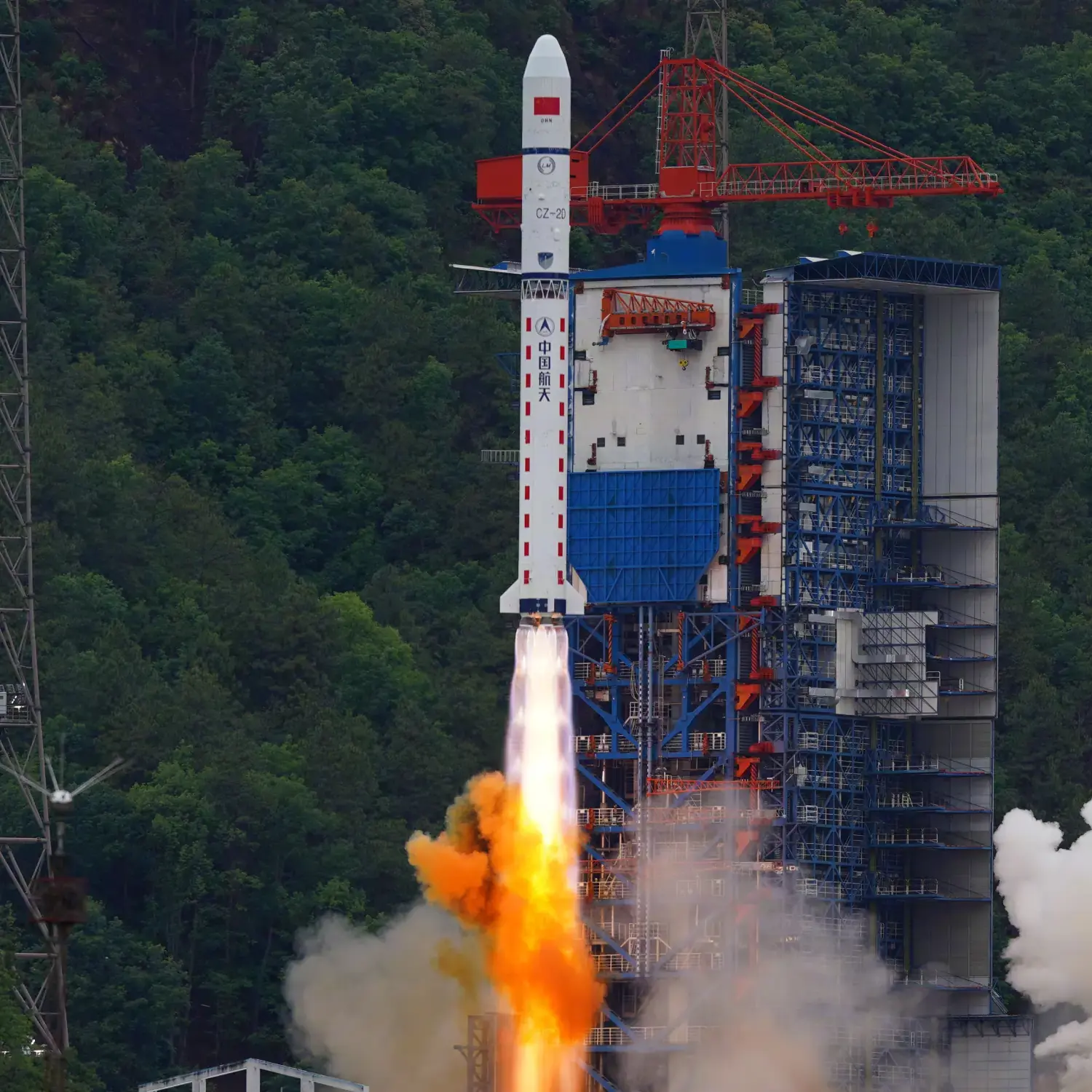/
Zhangheng 1 & Others
Launch Success
Liftoff Time (GMT)
07:51:04
Friday February 2, 2018
Watch Replay
Official Livestream
Mission Details
Read Article
Zhangheng 1
CSES (China Seismo-Electromagnetic Satellite) is a Chinese–Italian space mission dedicated to monitoring the electromagnetic field and waves, plasma parameters, and particle fluxes induced by natural sources and artificial emitters in near-Earth space. Austria contributes to one of the magnetometers.
Sun-Synchronous Orbit
1 Payload
730 kilograms
FengMaNiu 1
FengMaNiu 1 is a 3U-CubeSat developed by Link Space Aerospace Technology. FengMaNiu 1 is a 3U CubeSat with deployable solar panels. The main mission of the satellite is to test new components like two cameras in space. FMN-1 will also serve as a repeater for amateurs worldwide via the onboard transponder system.
Sun-Synchronous Orbit
1 Payload
3 kilograms
Shaonian Xing
Shaonian Xing ("Youth Star") is a 3U-CubeSat developed by teenagers as part of the Sat-China outreach project to engage youth in thinking about space, STEM education, and even satellite development. The satellite carried also an experiment for the SpaceChain and Qtum blockchain projects - the first blockchain node in space. It consisted of a Raspberry Pi hardware development board that basically runs a full-node program on the Qtum blockchain.
Sun-Synchronous Orbit
1 Payload
3 kilograms
ÑuSat 4 & 5
The Argentinean ÑuSat earth observation satellites form the Aleph-1 constellation developed and operated by Satellogic S.A. The satellites in the constellation are identical 51 cm × 57 cm × 82 cm spacecraft of 37.5 kg mass. The satellites are equipped with an imaging system operating in visible light and infrared. The constellation will allow for commercially available real-time Earth imaging and video with a ground resolution of 1 m. The satellites were developed based on the experience gained on the BugSat 1 (Tita) prototype satellite. A U/V transponder with 2 W of output power for 8 GHz downlink and 2 GHz uplink will be operating on 100 kHz bandwidth. For backup telemetry, designers are considering a UHF transponder operating at 9k6 GFSK.
Sun-Synchronous Orbit
2 Payloads
77 kilograms
GOMX 4A & 4B
OMSpace's GOMX-4A and 4B are 6U CubeSats for demonstrating key technologies to handle large satellite formations. GOMSpace builds GOMX-4A for the Danish Ministry of Defence and GOMX-4B for ESA under separate contracts. GOMX-4A is sponsored by DALO who by this mission will have their first satellite intended to contribute to surveillance of the Artic. The GOMX-4A demonstration is part of an analysis seeking to identify best-practice and future efforts reinforcing the Danish Defense’s surveillance of the Artic within the Kingdom. The satellite has been named Ulloriaq after the word ”star” in the Greenlandic language.
Sun-Synchronous Orbit
2 Payloads
16 kilograms
Rocket


Agency
CASCPrice
$29.75 million
Rocket
Height: 40.77m
Payload to Orbit
LEO: 3,500 kg
GTO: 1,200 kg
Liftoff Thrust
2,962 Kilonewtons
Fairing
Diameter: 3.35m
Height: 7.82m
Stages
2
Launch Site
Stats
Long March 2D
38th
Mission
3rd
Mission of 2018
2018
15th
Orbital launch attempt